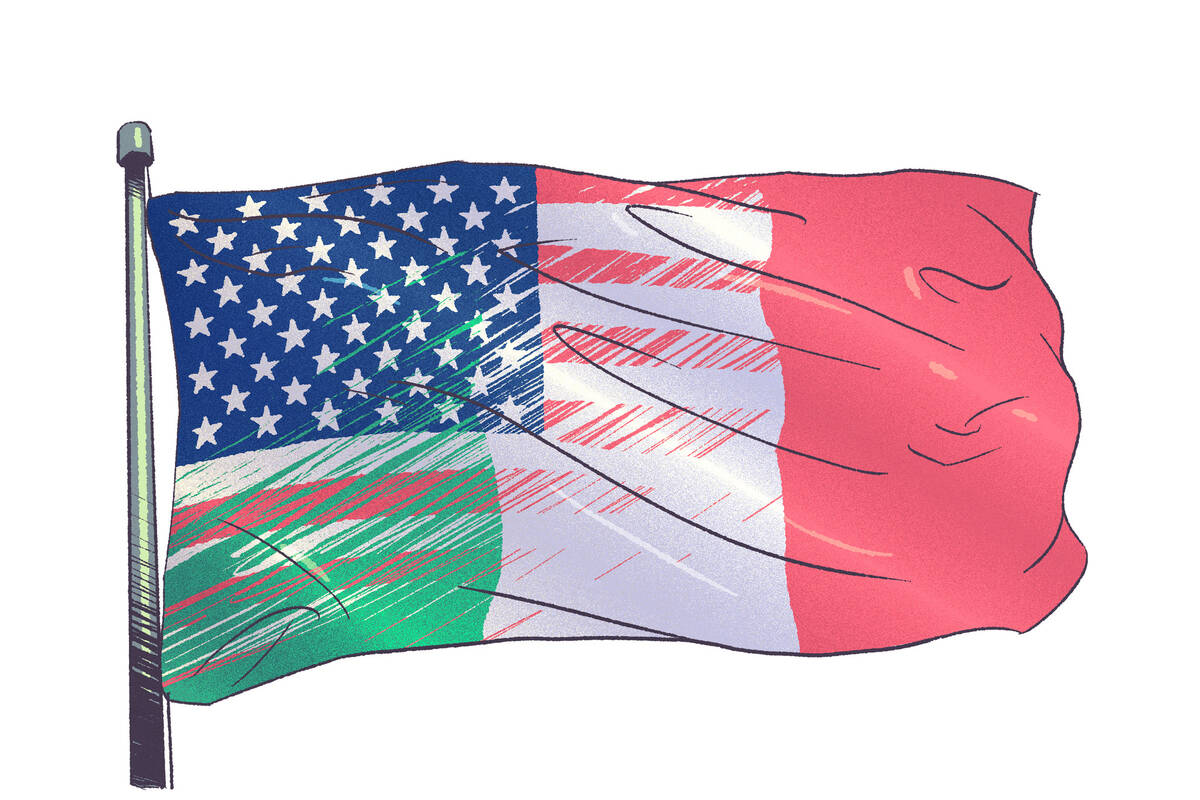Featured Faculty
John L. and Helen Kellogg Professor of Managerial Economics & Decision Sciences; Director of the Center for Mathematical Studies in Economics & Management; Professor of Weinberg Department of Economics (courtesy)

Michael Meier
Americans daydreaming about Italy might conjure up visions of Tuscan vineyards, Mediterranean beaches, Michelangelo, and Parmesan cheese. But despite Italy’s many culinary and cultural splendors, the country has been on a low-growth economic trajectory for more than 30 years.
Nicola Persico is a professor of managerial economics and decision sciences at Kellogg. Persico, who grew up in Italy, was thinking about the roots of his home country’s economic struggles when he realized something: they mimicked America’s present. Could the U.S., too, be in the early stages of a low-growth era?
Persico spoke about this on a recent The Insightful Leader Live webinar. If left unbated, higher taxes and increased regulation, he believes, will push the American economy downward.
If you rewind the clock to the 1990s, Italy was doing quite well economically. In fact, it was keeping pace with the U.S. in terms of per capita GDP, which tracks the total value of a country’s goods and services relative to its population. But today, per capita GDP in the U.S. is more than double what it is in Italy. So why did Italy lose ground?
Professor Persico says one major factor is an uptick in taxes. As a result, Italy is now a much more expensive place to do business compared with other countries, including the U.S.
“For example, in Italy, if you want to hire someone for $100,000, that’s going to cost the firm $200,000. The gap is taxes. In the U.S., it would cost $130,000. This gives you an idea of how much higher the cost of labor is in Italy,” Persico says.
But Persico thinks there’s trouble on the horizon for America.
One of the drivers of higher taxes is rising national debt: when a country’s debt grows, it can result in tax increases because governments need a source of income to help pay for the debt. And what’s alarming to Professor Persico is that the U.S.’s debt-to-GDP ratio—which is an indicator of whether a country is producing enough goods and services to be able to pay back what it owes in debt—is now hovering above 120 percent.
When Italy started losing economic ground to the U.S. back in the 1990s, its debt-to-GDP ratio was similarly high. So when Persico looks at what’s happening in the U.S. today, he sees some of the same forces being activated that have caused Italy’s economic growth to slow.
And those forces include something else besides taxes and debt.
While government regulation has an important role to play in a well-functioning economy, Persico says that too much regulation can be costly.
He says that in Italy, on average it takes eleven days of paperwork to start a business, whereas in the U.S. it requires only five days. And those differences can really add up.
“The same paperwork in the United States that’s sufficient to start a business is $800 on average. In Italy, it’s $4,000,” Persico says.
But while the U.S. currently has fewer business regulations and bureaucratic hoops to jump through than Italy, Persico sees a troubling trend.
Take the American Code of Federal Regulations, which details laws that cover everything from food safety to waterskiing in a national wildlife refuge. Since the fifties, the number of pages in this manualhas gone from fewer than 20,000 to more than 180,000 today. And this page-count increase is one benchmark that federal regulations in the U.S. are increasing. From Persico’s perspective, this is a red flag, because when you ask CEOs what gets in the way of growing their companies, they cite external regulations as one of their top concerns.
“And so, if we want economic growth, it would be good for the U.S. to preserve the source of competitive advantage, which is low regulation, relatively,” says Persico.
From Professor Persico’s vantage point, the U.S. economy could be heading down a low-growth path that looks a lot like what Italy’s been going through these last decades. And he’s arrived at this hypothesis because the U.S. is now starting to see similar patterns of rising government debt, government regulation, and taxation that have stymied Italy’s economy.
One of the most poignant indicators? Younger Americans are starting to worry that they will not be able to afford the kind of lives their parents had. These worries have been prevalent in Italy for years now.
However, he does see some bright spots for the U.S. He pointed to a culture of entrepreneurship and innovation along with the role of IP protections that could buoy America’s economic growth into the future.
“The United States is really the leader in technological innovation, and a lot of its prosperity comes from that,” says Persico. “So, I think innovation helps and is very important. And we must keep that engine of innovation going.”
You can watch the rest of Persico’s webinar here.
Nancy Rosenbaum is an award-winning podcast producer and journalist based in Minneapolis.